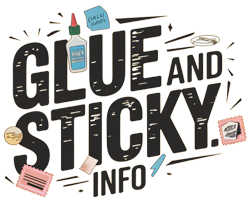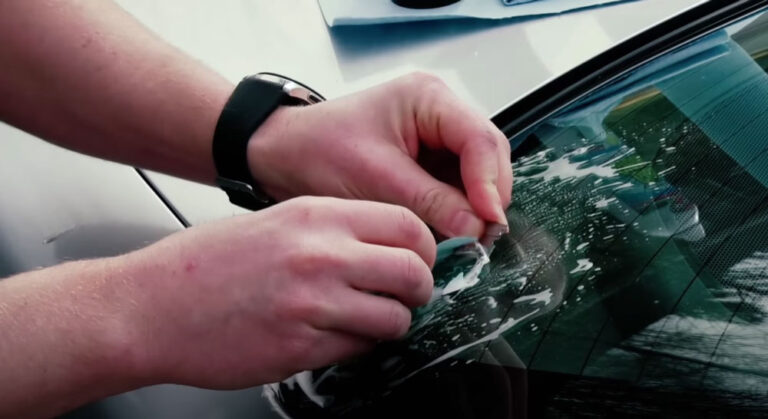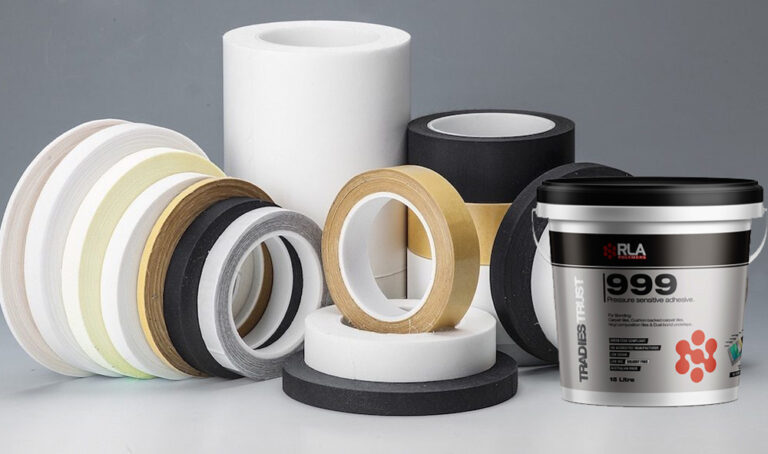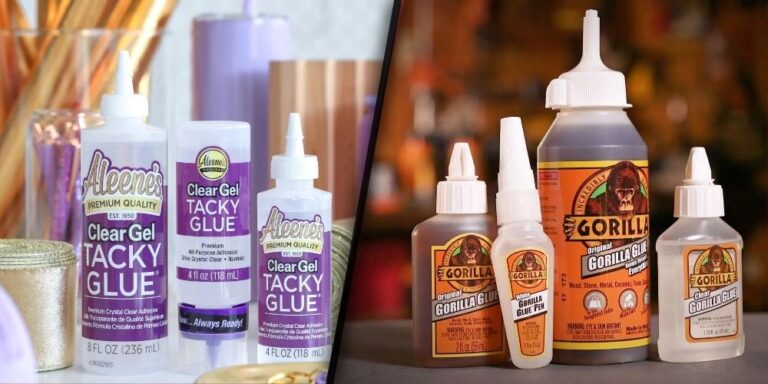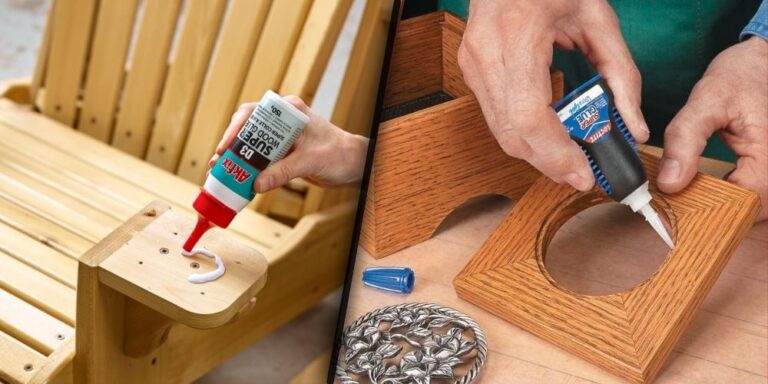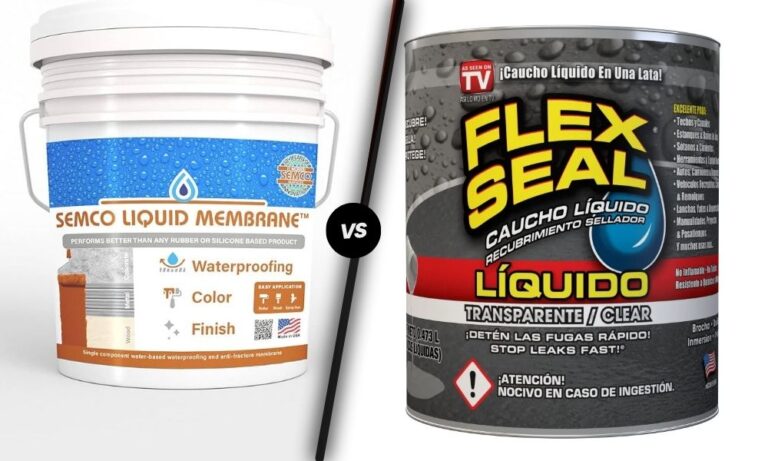Zap a Gap vs. Super Glue: Complete Adhesive Guide
Glue Types Comparison
Understanding the differences between Zap A Gap and Super Glue is essential when determining which adhesive to use for specific projects. This section will compare their strength and highlight the best uses for CA (cyanoacrylate) glue.
CA Glue Strength Differences
CA glue, commonly known as Super Glue, is prized for its quick bonding capabilities and strength. However, different CA glues like Zap A Gap and Loctite have varying properties, such as thickness and drying times, which can influence their effectiveness in different applications.
| CA Glue Type | Thickness | Drying Time | Ideal Use Cases |
|---|---|---|---|
| Zap A Gap | Medium | Approximately 10 seconds | Versatile, good for general repairs |
| Loctite | Thin | Approximately 5 seconds | Ideal for precision, such as photoetch parts in model building |
Figures from FineScale Modeler
Though all CA glues can hold pieces strongly when applied adequately, some users prefer Loctite over Zap A Gap for specific tasks, such as attaching photoetch parts due to its stronger hold in these fine applications (FineScale Modeler).
Best Uses for CA Glue
Both Zap A Gap and Super Glue shine in their ability to quickly repair and bond materials effectively. Understanding the best situations to use these glues can help ensure optimal results for your projects.
-
Zap A Gap
-
Versatile and medium thickness, making it suitable for general repairs and model building.
-
Often used to fix broken items around the house, such as pottery and figurines.
-
Not ideal for architecture models as it may leave stains and lacks the necessary strength for more demanding tasks.
-
Super Glue (General CA Glue)
-
Thin and quick-drying, allowing for precise applications such as small parts in model building.
-
Best suited for tasks requiring minimal glue to avoid excess.
-
Select specific CA glues like Loctite for higher strength needs in finer applications.
For exploring more about different types of adhesives, consider reading about epoxy vs. super glue for situations demanding the strongest bonds, or rapid fuse vs. super glue for rapid drying alternatives. If you’re experimenting with various glues for unique purposes, our comparison of arrow insert glue vs. super glue offers additional insight.
Specific Use Cases
Understanding the specific applications of different adhesives can help in making informed decisions when choosing between Zap a Gap, Super Glue, or other options. Here are key considerations for model building and architecture models.
Model Building Applications
Cyanoacrylate (CA) glue, commonly known as super glue, has significantly revolutionized model building. Its quick bonding properties and strong adhesion ensure parts stay securely in place. Here are some uses and preferences within model building applications:
-
Strength: Loctite CA glue is considered superior by many modelers, particularly for attaching photoetch parts due to its strength. Different CA glues like Zap a Gap or Loctite vary in thickness and drying times but offer similar holding capacities.
-
Versatility: CA glue can be used for diverse materials including plastic, metal, and resin, making it ideal for complex models.
-
Application Tips: It’s recommended to apply CA glue with a toothpick for precision and to avoid excessive application. Due to its toxicity, it should be used in a well-ventilated area. For more tips, see our guide on arrow insert glue vs. super glue.
Architecture Model Considerations
In architecture, model-making involves a range of materials and techniques. The choice of adhesive can impact the durability and appearance of the models. Here are the considerations for using different adhesives:
-
Super 77 Spray Adhesive: This adhesive is highly recommended for gluing paper to various surfaces and mounting drawings on foam core. It provides strong adhesion, making it ideal for building topo models (Young Architect).
-
Epoxy Adhesive: Known as the “king of all glues,” epoxy offers the strongest bond among adhesives. It is less frequently used but is essential for situations requiring maximum strength. For comparative uses, see our page on epoxy vs. super glue.
-
Double-Sided Tape: This alternative is praised for its precision and cleanliness. Some architects prefer it for its clean application, especially when fine detailing is crucial (Young Architect).
| Adhesive Type | Best Uses | Advantages |
|---|---|---|
| CA Glue | Attaching small parts, photoetch, resin | Quick bonding, strong adhesion |
| Super 77 Spray Adhesive | Paper to foam core, topo models | Strong adhesion, ease of use |
| Epoxy | High-strength required applications | Extreme strength, durability |
| Double-Sided Tape | Fine detailing, clean application | Precision, cleanliness |
When selecting the best adhesive for architecture models, it’s crucial to match the glue type to the material and application needs. For extensive comparisons and guides, you can explore our articles on rubber cement vs. super glue and wood glue vs. white glue.
Alternative Adhesives
Exploring alternative adhesives can provide various benefits depending on the specific application. In this section, we will examine three popular alternatives: Super 77 Spray Adhesive, Epoxy, and Double-Sided Tape.
Super 77 Spray Adhesive
Super 77 spray adhesive is highly recommended for tasks that involve gluing paper, foam core, and other materials. It’s deemed the best spray adhesive due to its strong bonding capabilities compared to other types (Young Architect). Super 77 is particularly useful in architecture model building for mounting drawings on foam core or creating topo models.
| Adhesive Type | Best For | Key Benefit |
|---|---|---|
| Super 77 Spray Adhesive | Paper, Foam Core | Strong Adhesion |
For more specific applications and comparisons of adhesive types, read our section on loctite pl marine vs. 5200.
Epoxy: The Strongest Glue
Epoxy is often referred to as the “king of all glues” due to its exceptional strength. Despite its less frequent use, epoxy is recommended when other adhesives may not provide sufficient durability. For ultimate bonding strength, particularly in demanding applications, epoxy is the go-to choice.
| Adhesive Type | Strength | Key Benefit |
|---|---|---|
| Epoxy | Very High | Extreme Durability |
If you’re interested in how epoxy compares to other adhesive types, visit our article epoxy vs. super glue.
Double-Sided Tape Benefits
Double-sided tape offers precision and cleanliness, making it an excellent alternative to traditional glues and spray mounts. Many architects prefer it for model building due to its ease of use and its ability to provide clean, precise results (Young Architect).
| Adhesive Type | Best For | Key Benefit |
|---|---|---|
| Double-Sided Tape | Various Surfaces | Precision and Cleanliness |
For more glue alternatives suited to specific tasks, explore articles like rubber cement vs. super glue and wood glue vs. white glue.
Understanding the strengths and best uses of these alternative adhesives can help optimize your projects and ensure the best possible outcomes.
